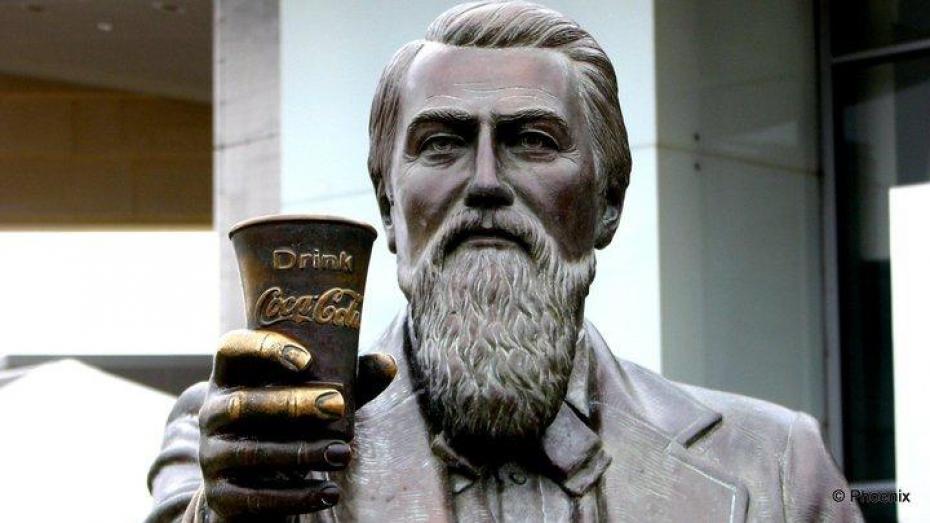Here is how John S. Pemberton accidentally invented Coca-Cola while making an opium-free syrup
Not all accidents are bad. In fact, world history is replete with discoveries, inventions and fabrications that were accidentally made by men when they set out to achieve other things. These “good accidents” which have come to be an incredible part of human existence include Brazil, one of the most racially-diverse country and a burgeoning economic power, the safety matches, safety glass, aniline dye, microwave oven, X-rays, penicillin and most notably, the world-famous Coca-Cola drink which was accidentally made by Pharmacist John S. Pemberton on May 6, 1886.
Born to James C. Pemberton and Martha L. Gant on July 8, 1831 in Knoxville, Georgia, USA, the young Pemberton, though having a natural flair for chemistry, attended the Reform Medical College of Georgia, Macon where he studied Pharmacy graduating in 1850 at the age of 19.
A veteran of the American Civil War where he achieved the rank of a Lieutenant Colonel, Pemberton sustained a saber wound to his chest at the Battle of Columbus in April 1865 and soon became addicted to the morphine used to ease his pain.
As a chemical enthusiast, Pemberton tried several opium-free alternative painkillers and experimented with coca and cola wines until he stumbled on a recipe which contained extracts of cola nut and damiana with a never-known-before taste. He made high-sounding rhetoric about his new invention which he described as “a valuable brain tonic that would cure headaches, relieve exhaustion and calm nerves”. He marketed it as a medicine and called it “delicious, refreshing, pure joy, exhilarating and invigorating”. He called his accidental product “Pemberton’s French Wine Coca”.
Pemberton’s product was an instant success but due to growing public concern about alcohol addiction, he was forced to make it non-alcoholic and made a recipe that included blending the base syrup with carbonated water and this, yet, was also an accident.
He called this new fabrication, “Coca-Cola”, a name formed from its major ingredients, “Coca” and “cola”.
But following controversies that the “coca” in the product name is cocaine, the Coca-Cola Company had to say the name is just a meaningless alliteration and changed it from a medicine to just “a fountain drink”.
Due to a protracted stomach cancer and imminent bankruptcy, Pemberton sold Coca-Cola to another Pharmacist, Asa Candler. He transferred the production formula to him and listed the ingredients for Coca-Cola as: carbonated water, sugar, caramel, acidifier 338, caffeine, plant extracts and a major ingredient with the secret name “7x” that was not revealed to anyone.
Expectedly, many industrialists of the time wanted the secret formula at all cost and this prompted Asa Candler to keep it safe in an Atlanta bank for more than a century.
Apart from the bottles which were made in the shape of a woman thereby giving it a general appeal, another factor for its global success was the 2nd World War when General Eisenhower ordered millions of Coca-cola bottles for American soldiers fighting the Germans in North Africa.
Now, over 200 years after Coca-Cola had last been marketed as a medicinal product, there is empirical evidence from researchers and doctors that drinking it have some inherent health benefits.
For example, it is used by alimentary pharmacologists to break down stomach blockages and also as anti-nausea and lung-cleaning agents.
John Stith Pemberton, the inventor of this world most famous product died from stomach cancer in 1888 at the age of 57 years and was buried at Linwood Cemetery in Columbus, Georgia.
